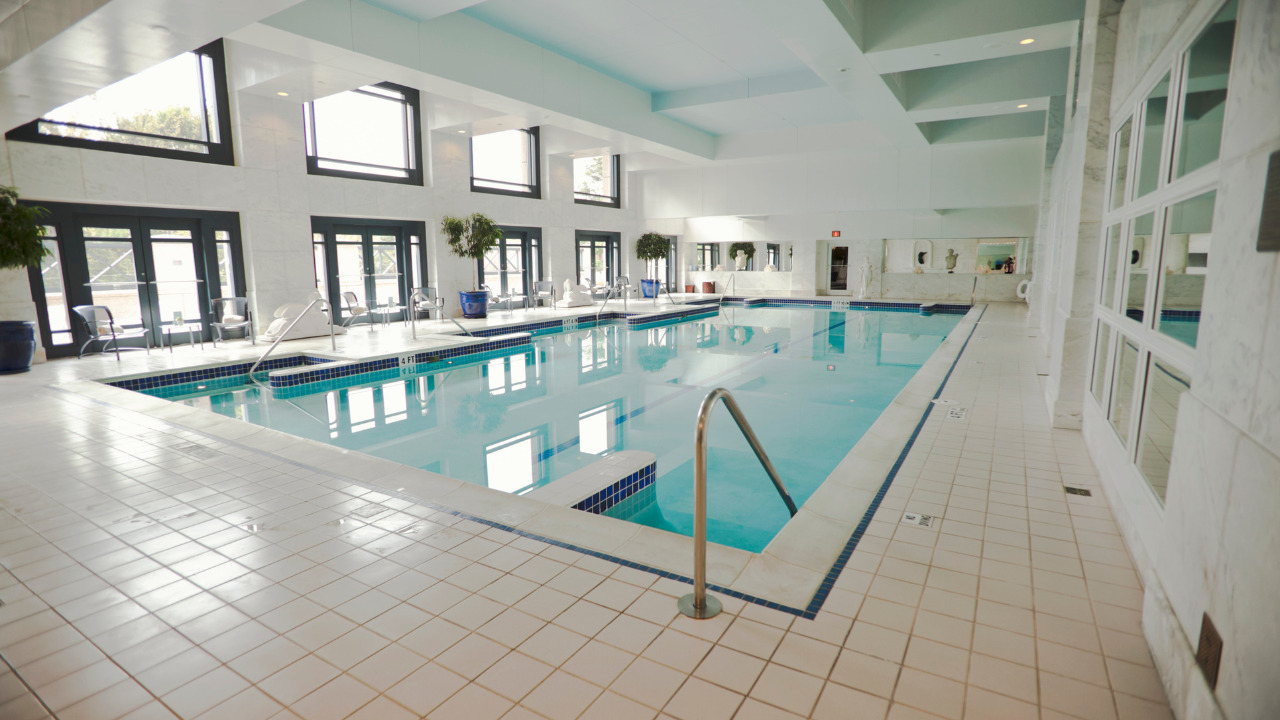Do you need to replace any tiles coming off the bottom or sides of your pool but don’t want to drain them? Your issue is now resolved because this post will show you how to fix pool tiles underwater. A pool underwater may be fixed quickly and easily, restoring the fun.
These products are for you if you’re seeking a swimming pool repair glue that can stop leaks, seal the pool’s transition region, or let you do underwater repairs on pool tile. In spas and swimming pools, cracked or missing tiles might point to more than simply a cosmetic issue.
The greatest underwater structural repair compound for clean, long-lasting results is underwater repair adhesive. Before replacing, reattaching, or repairing cracked pool or spa tiles, it’s critical to ascertain the cause of the original damage.
Table of Contents
What Are The Main Reasons For Cracked Pool Tile?
Tiles in swimming pools that are damaged or missing could be the consequence of a variety of different factors besides just aging. Using the wrong tile glue might cause tiles to break or come loose. Tiles may break or burst off due to a shifting substructure.
Swimming pool wall and floor construction leaks and cracks. Establishing the origin of tile damage is crucial before beginning repair work since a major underlying problem may need to be resolved.
Steps To Fix Pool Tile Underwater
Collect Needed Materials
Tools or materials to fix pool tile underwater are a clean cloth, caulking gun, flex and secateurs.
Buy Matching Pool Tile
It might be preferable to begin with, the last item on the materials list. You’re fine if only a few parts were missing, and you still have the missing components. If your pool builder is still in business, contact them first.
If they require more information than the color, style, and year the pool was built, take a picture and email it to them. Local pool shops, which can place orders from a local distributor of pool supplies or another source, might be the second-best place to look.
Once more, a photo or sample of a tile is very helpful. To find out if they have swimming pool tiles, you can also contact ceramic tile retailers in your neighborhood.
Prepare The Damaged Tile Area
Reapplying tile may need some preparation of the surface. We can see a damaged region mended with hydraulic cement in the top shot to make it level with the tile bed. Fill in any holes for a flat, even surface on which to install the new tile.
Before continuing, give any spots a day to dry. To remove any grout fragments still adhered to the surface and to make a solid ledge, use the chisel or a tiny, pointed flathead. The pool plaster’s bottom edge, or notch, is helpful when hanging fresh tile.
Before retiling, it would be a good idea to clean the surface if it has been exposed for a while. To strengthen the bond of the tile cement, you can clean it with a degreaser.
Clean The Tiles
Check that the tiles are spotless and free of dust, grime, oil, or grease—no need to drain the pool because the product can be applied to wet surfaces and underwater.
Replace The Tile
Use a hose or pool water to thoroughly moisten the area that must be repaired during a cool time. When the mortar is set, moisture will be drawn off the surface if it is hot and dry. One cup of Patch should be incorporated at a time into tiny batches of water and the bonding agent that is included.
When the mixture resembles peanut butter, stop mixing. Apply it with a trowel to the wet tile bed, scraping the bed to make rows or furrows of the Patch tile repair mix.
If you’re laying little, individual tiles rather than a sheet, attach the back of each one with Patch, rake it using a trowel with a notched edge, and push it onto the damp, prepared area.
After your tile has been installed, gently brush away any large chunks of leftover tile mix, but during the first day, avoid cleaning or touching the tiles too much.
Grout The Tiles
Grout can be placed in between the tile pieces after the tiles have had time to dry. Choose a superior waterproof pool tile grout. To drive grout into the crevices between tiles and the area above the tile, use a sponge, grout spreader, or a piece of stiff cardboard.
Using water and a soft cloth, gently massage the excess grout that smeared onto the pool tile after drying it for 10-15 minutes. After a day, you can polish the tiles using a stiff brush or scrubber to eliminate the haze.
You can start filling the pool level once more after a few hours have passed after the grout dried.
Finish The Process
Before skinning, remove any surplus product with a cloth or a soapy solution. Nothing is more painful to step on and, if you operate a commercial pool, will leave your clients more dissatisfied than cracked or broken tiles. They also make a pool look less beautiful and ugly.
Conclusion
You can gently give the grout a first cleaning with a wet sponge or small towel after it has had time to set up for about an hour. You can give the tile grout one last wipe down with a sponge and a buffing motion to eliminate the white haze after letting it dry for the night.
Although you always try to match the removed tiles, especially with older swimming pools, this is not always possible. In these situations, you can utilize tiles that are the closest match to the original tiles.





